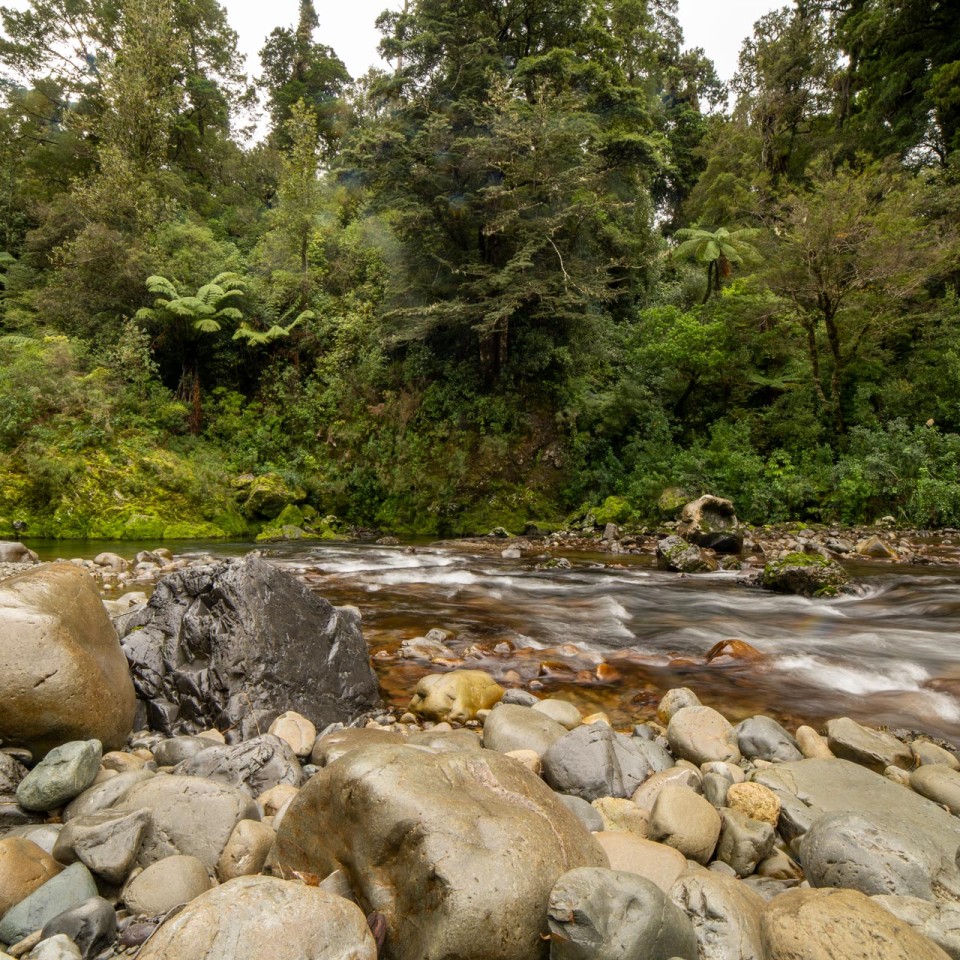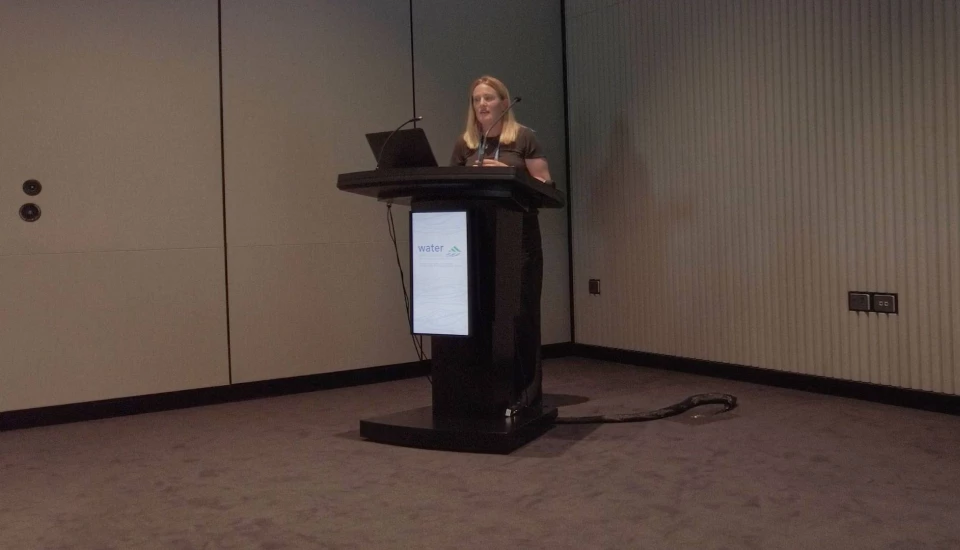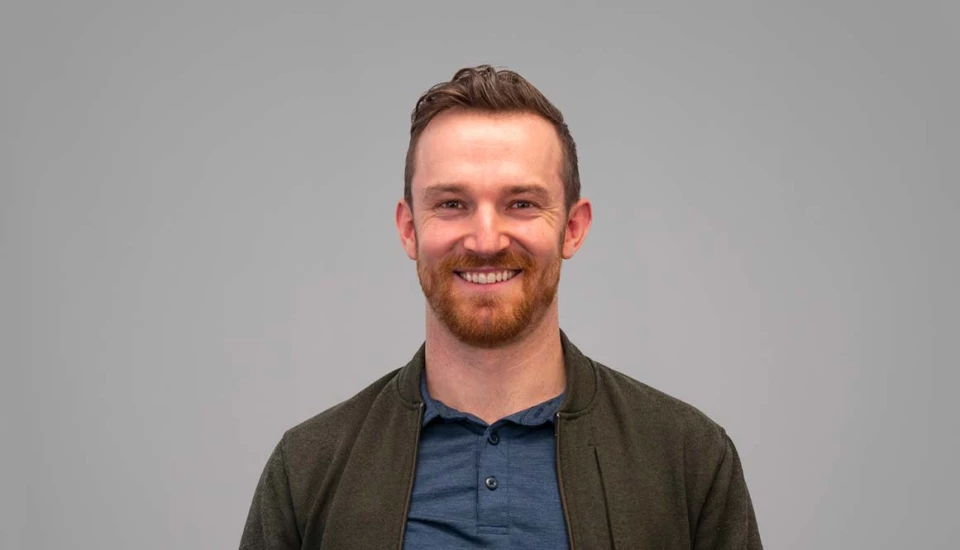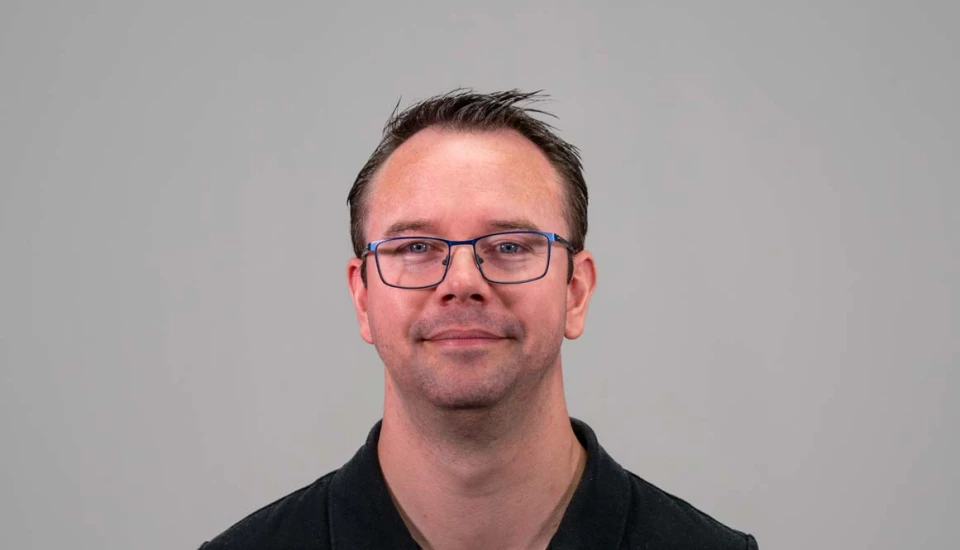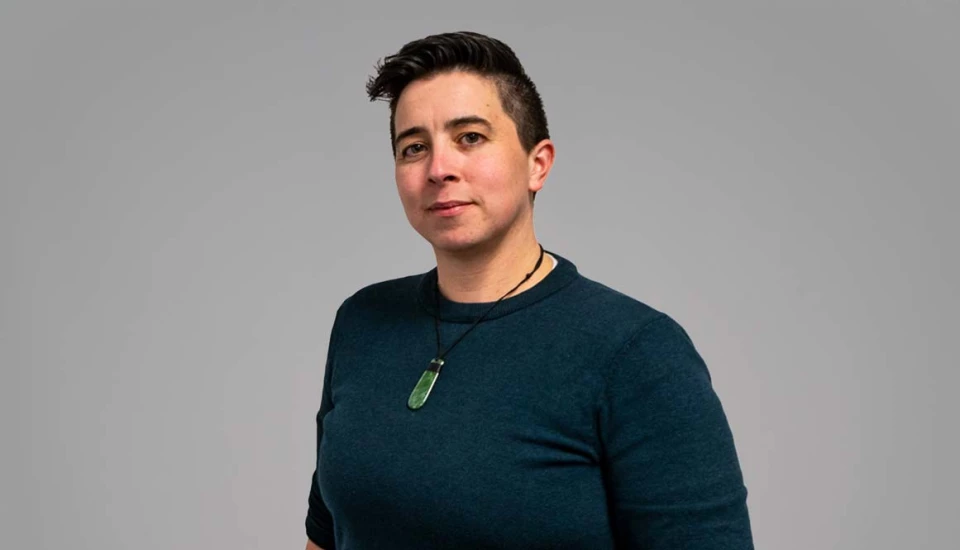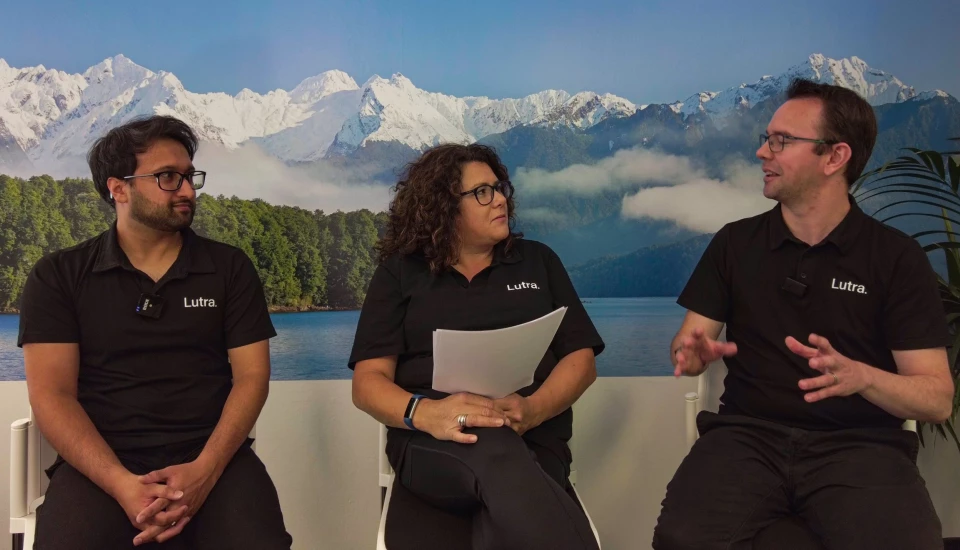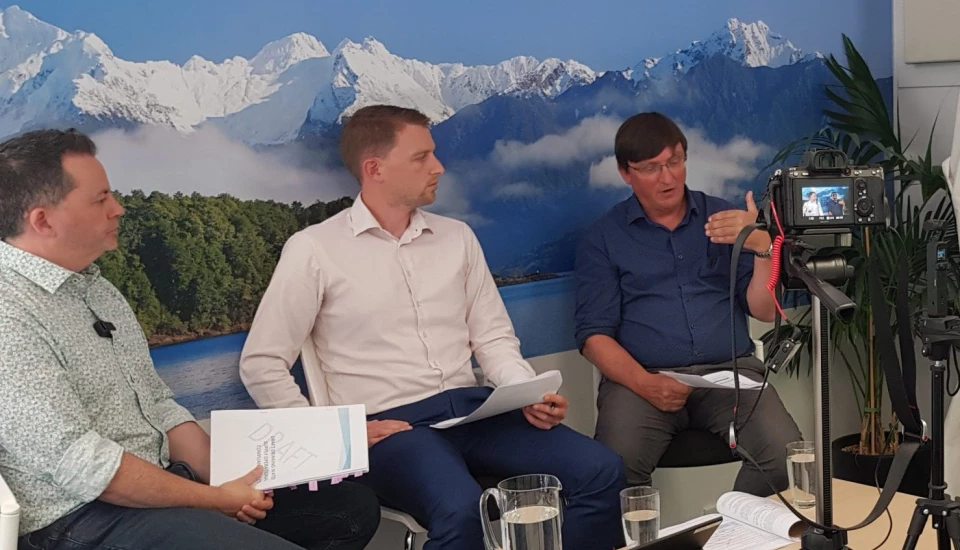Protection of the source of drinking water provides the first, and most significant, barrier against drinking water contamination and illness. It is of paramount importance that risks to sources of drinking water are understood, managed, and addressed appropriately. However, as pathogenic microorganisms are found everywhere, complete protection is impossible and further barriers against contamination are vital.

When I was a student, my maths teachers and professors always seemed to make a point of proving things two ways. Geometric proof one. Algebraic proof two. ‘Shaun,’ it’s as if they were saying, ‘we know you need to see it two ways, before you can believe it’.
As I’ve come to understand the goals and driving forces of water reform, I’ve found myself thinking about this principle. The intent behind it is clear – protect the water source, because getting contaminants out of water is harder than stopping them from getting in. This is an engineer’s perspective, priority placed on protecting the source water out of practical considerations, the goal being public health, achieved efficiently using treatment technologies catered to the source’s risk profile. Manning the outer wall of defence, so to speak, plays an obvious protective role. This all makes sense - an engineer’s kind of sense. I could write my blog explaining just this perspective, but it would be preaching to the choir. So, for now, let’s call it proof one and move on.
There is a strong synergy in goals between this principle and another driving force of water reform in New Zealand – despite coming from two completely different places. This principle mirrors the Māori concept of Te Mana o te Wai, which is now enshrined in law with the passage of the Water Services Act 2021. Te Mana o te Wai, as I understand it, means water having authority, respect or dignity that brings it into balance with that of people. Te Mana o te Wai describes a new (to this pakeha engineer) way of looking at things in the industry.
Contrasting the engineer’s perspective, achieved through logic and practical considerations of public health, Te Mana o te Wai begins by assigning a priority of care to the health of freshwater bodies. In fact, this priority exists above even the health and drinking water needs of people. I’m sure many engineers had a knee-jerk reaction to the idea that water bodies are more important than the public we want to protect - I know I did at first. But this can be a win-win scenario, as both perspectives are aligned in outcome. It just takes the industry a bit of reasoning to arrive to the same conclusion that Māori began with as an axiom.
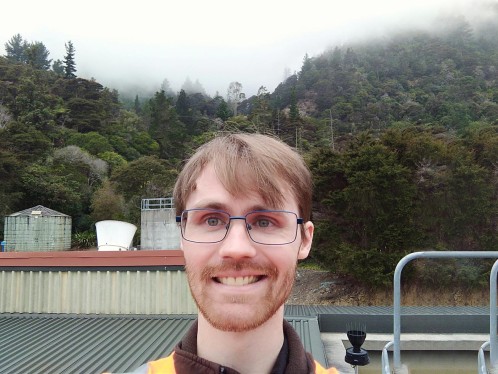
As the industry modernises its culture and engages with the changing culture of New Zealand, we are well-advised to adopt the perspective that water treatment, use and discharge form a cycle, and our task as service providers is to take on its stewardship holistically. Currently, Hauraki District Council is working with Lutra to establish a source water risk management plan. This plan will have actions to secure the water source against current and future risks. These plans became a required part of a drinking water safety plan with the passage of the Water Services Act 2021.
I may have given the impression that the engineer’s perspective on this principle is detached but I know better than that – I work every day with someone who helped author it. The engineer’s perspective, like the Māori one, comes from love. Love for the people. Love for the land. And love for the waters. On the wall of Lutra’s Hamilton office where I work there is a whakataukī (saying). It’s inspired by the motto of the water industry’s professional organisation Water NZ, and I think it resonates with the perspective behind the inclusion of this principle among the other five.

